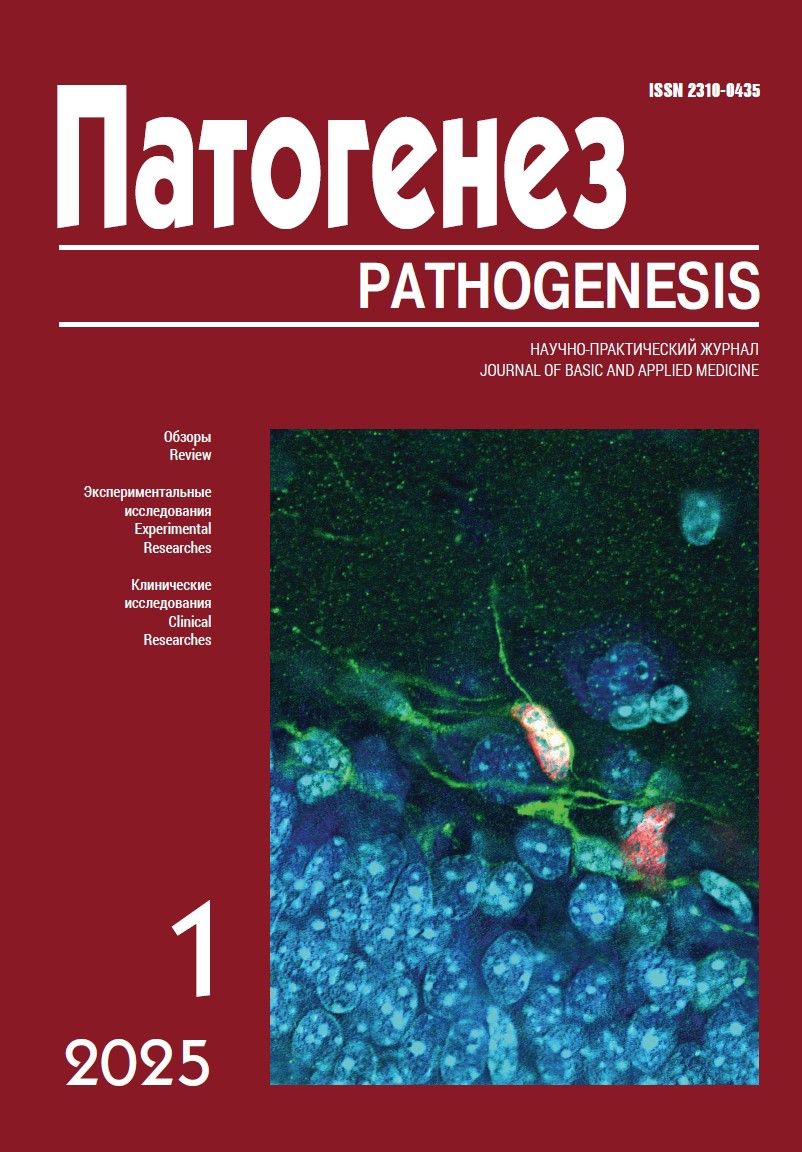Analysis of periodontal indices and biomarkers of saliva and gingival crevicular fluid in adolescents with end-stage chronic kidney disease
Abstract
Background: Periodontal diseases in patients with end-stage chronic kidney disease (ESKD) are a hidden, but important and often underestimated reason of common infectious complications. As a non-invasive assessing of periodontal status in children, it is possible to use saliva and gingival crevicular fluid (GCF) and its biomarkers of inflammation (IL-1β, TNF-α, IL-8), angiogenesis (VEGF), local immunity factor (sIgA) and general antioxidant status (GAS) indicator.
Study aims: to analyze periodontal indices and biomarkers of saliva and gingival crevicular fluids in adolescents with end-stage chronic kidney disease during immunosuppressive therapy (IST).
Materials and methods: 50 children aged 12 to 17 years were examined, including 30 adolescents with ESKD (group 1) and 20 adolescents without general somatic pathologies (group 2). The level of salivary and GCF biomarkers was determined using enzyme-linked immunosorbent assay. The oral hygiene index-simplified (OHI-S), papillary-marginal-alveolar index (PMA), and periodontal index (PI) were used for periodontal assessment. The Milwaukee PH56 device was used to determine salivary pH.
Results: Periodontal indices in group 1 were increased compared to group 2 (p < 0.0001). Salivary pH in group 1 was determined as slightly alkaline, and in group 2 - as slightly acidic (p < 0.0001). IL-1β level was higher in group 1 in both saliva (p < 0.005) and GCF (p < 0.0001). Salivary TNF-α (p < 0.005), salivary VEGF (p < 0.0001) and IL-1β in GCF (p < 0.0001) in group 1 exceeded those in group 2. The content of TNF-α, IL-8, VEGF in GCF in group 1 was reduced compared to group 2 (p < 0.0001). sIgA did not demonstrate statistically significant intergroup differences in either saliva or GCF. GAS in both biological fluids in group 1 was two times lower than in group 2 (p < 0.0001).
Conclusion: The established changes in biomarkers allow us to objectify the indications for regular professional oral hygiene and improving the quality of personal oral hygiene in order to improve the quality of ESKD patients’ life.




